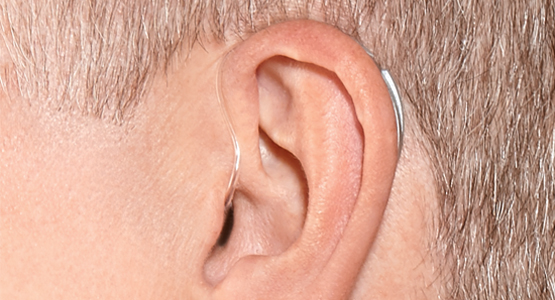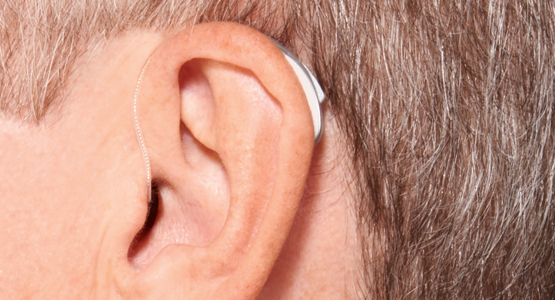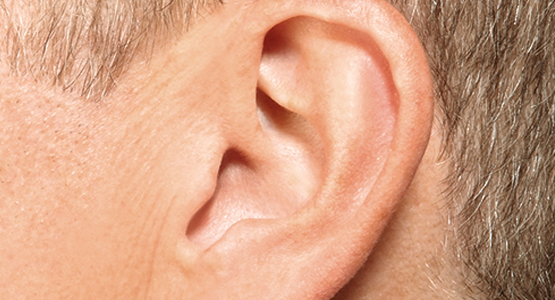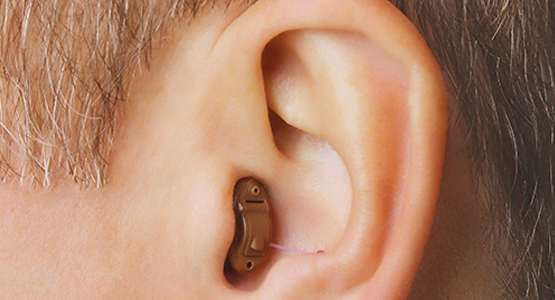We have a range of hearing aids to suit all budgets and lifestyles, from the latest smart device enabled technology to our standard and entry level hearing aids.
At Dilworth Hearing we aren’t tied to one hearing aid manufacturer, so our audiologists will help you choose the device that is right for you, considering your lifestyle, budget, and level of hearing loss.
Below is some information on the different types of hearing aids available to help you make an informed decision.





